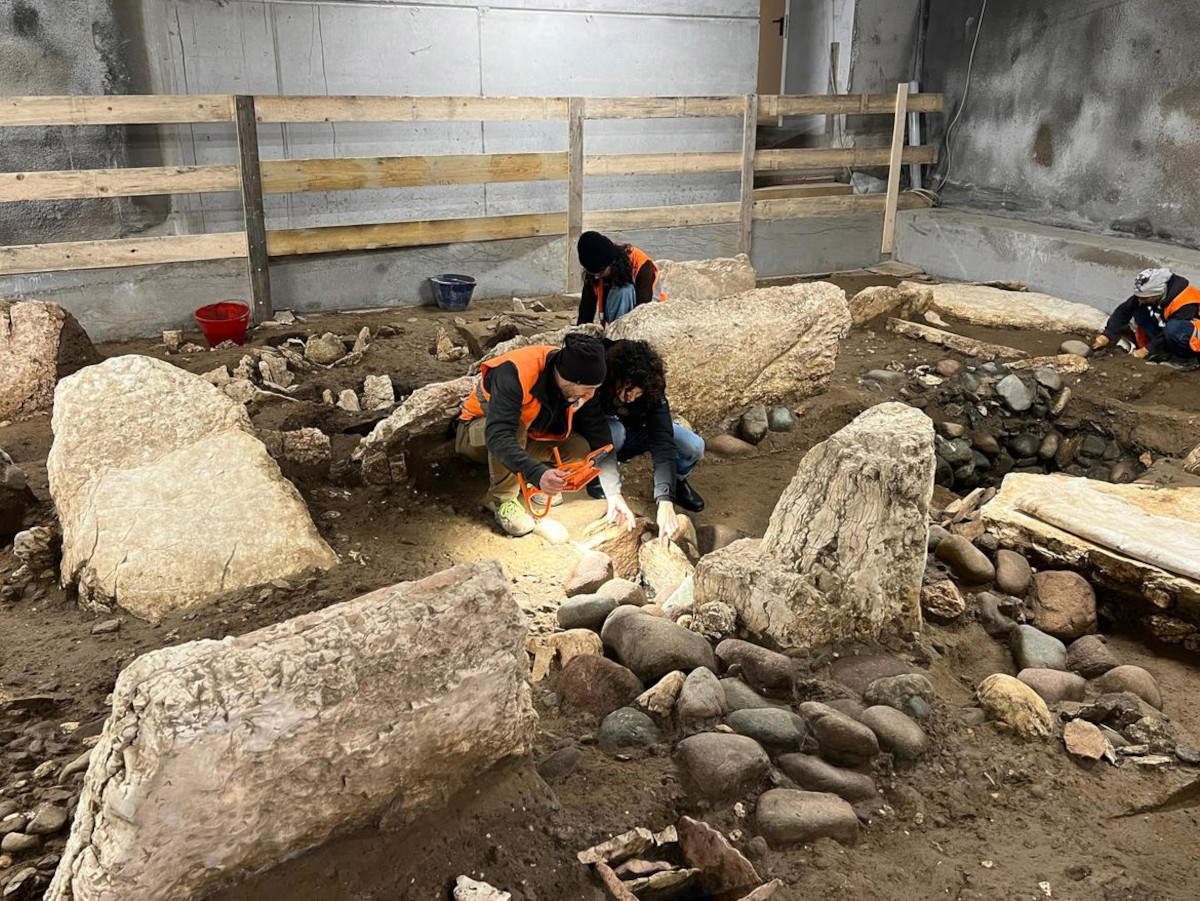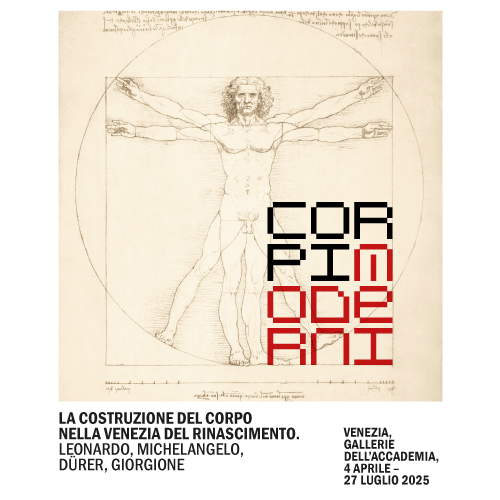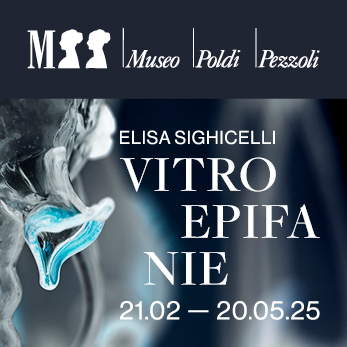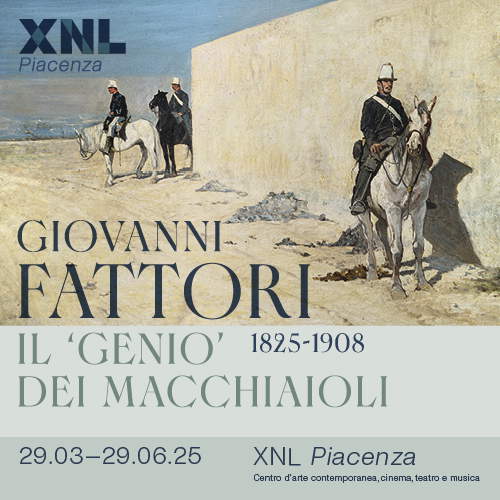Monumental pre-Roman necropolis discovered in Trento's historic center
During restoration and rehabilitation work on a historic building conducted by the Archaeological Heritage Office of the UMSt Soprintendenza per i beni e le attività culturali della Provincia autonoma di Trento, a monumental necropolis from the pre-Roman period was discovered in the historic center of Trento, on Via Santa Croce: this is an extraordinarily important discovery that will allow the history of the city to be rewritten. The important burial context has remained perfectly preserved thanks to the alluvial episodes that sealed the archaeological deposit. The necropolis, which developed on the median portion of the alluvial cone of the Fersina stream, was found by archaeologists at a depth of about 8 meters from the current elevation of Via Santa Croce, below historical, medieval and Roman levels of frequentation. The archaeological research, which is still ongoing, has uncovered two hundred graves, complete with prestigious grave goods, characterized by the rite of indirect cremation, representing only a portion of those potentially preserved underground yet to be investigated.
“This is an incredible discovery, which shows us a new history of the city of Trent, therefore no longer just as a Roman city,” commented Vice President and Provincial Councillor for Culture Francesca Gerosa. “We know how important the commitment to research and protect the heritage of our roots is, and this is required by the laws and the Constitution, but regardless of this we do not want to shirk, and here we are working hard to bring to light a piece of history unknown to the city. The work is progressing, but there is still a whole area to be monitored in order to then evaluate what action to take, including with regard to the many objects that have been found and are already being restored, as will be the subsequent finds. We are working remembering that a balance is always needed to balance the interests of protecting the archaeological heritage, with the understandable interests of urban development.”
The discovery of the monumental necropolis opens up new scenarios and interpretative hypotheses for archaeological research, given its location in the historic center of Trent and the rarity of this type of context in the territory of the Alpine arc. It also raises articulated and complex issues about the mode of self-representation in the funerary sphere of the social group of belonging of which, at the moment, the settlement context remains unknown.
The archaeological investigations are directed by Dr. Elisabetta Mottes of the Archaeological Heritage Office of the Autonomous Province of Trento and coordinated in the field by Dr. Michele Bassetti and Dr. Ester Zanichelli of Cora Archaeological Society of Trento and their research team. Coordination of the operations concerning the restoration of the mobile finds is due to Susanna Fruet of the Archaeological Heritage Office and Dr. Chiara Maggioni of Cora Società Archeologica for the micro-excavation and recovery activities of the ossuarium vessels.
In the first centuries of the 1st millennium B.C., the landscape of this area of the city was characterized by the presence of the wide bed of the Fersina stream furrowed by a network of intertwining torrential channels separated by temporary sandy or gravelly bars. In a marginal area of the riverbed subject to periodic flooding arose the monumental necropolis of which several phases of frequentation have been documented during the Early Iron Age (9th-6th centuries B.C.). The burial context must have been located between two canals that could be activated in case of flood phenomena. Flood episodes, which began as early as the phases of necropolis use, sealed the ancient archaeological stratification allowing the exceptional preservation of the funerary context. This circumstance made it possible to document in detail the use plans of the necropolis and to precisely reconstruct the funerary practices of the community that occupied this area in the early Iron Age.
“The Iron Age is a period of profound transformations from the cultural-historical point of view throughout the Mediterranean, the Alpine arc and the transalpine. The great civilizations of the Etruscans, Phoenicians, Greeks and Celts flourish. These are also the times of the first Olympics, which are traditionally dated to 776 B.C., and the founding of Rome in 753 B.C.,” explains Superintendent Franco Marzatico. “The Alpine peoples are not isolated, they have relations and exchanges with the peoples of the Po Valley in particular between 900-700 B.C. with the area of Emilia, with the flourishing civilization of the Etruscans and later with the Veneti and other peoples of the Alps. In the archaeological excavation in progress we have the possibility of recognizing the elite of a society that evidently was settled in the Trent basin and represented its power and prestige through the deposition of objects emblematic of its privileged status.”
The main feature of the necropolis, a complex monumental palimpsest, is the presence of vertically infixed funerary stelae with a marker function that reach 2.40 meters in height, organized in subparallel rows with a main north-south direction. Each stele bounds the main lithic box tomb covered by a mound structure to the west, around which a dense concentration of satellite tombs developed over time. The raw material used for the funerary stelae came from the area of the east Trento hill, the nearest outcrop area of Jurassic nodular limestones of the Red Ammonitic Veronese, while the pinkish limestone-marly Scaglia Rossa was used to make the lithic cassettes.
Microstratigraphic excavation of the tomb structures allowed reconstructing the complexity of the funerary ritual. The data acquired will need to be implemented by interdisciplinary analyses of the anthropological and archaeobotanical remains in addition to the study of the artifacts deposited as grave goods and offerings. Within the lithic boxes is burnt earth, an intentional collection of calcined bones placed within containers made of perishable material, less frequently in ossuary vessels. It is hypothesized that the burnt remains often placed on top of personal belongings, were wrapped in fabric, the fibers of which in some cases have been preserved, closed with the aid of pins or fibulae. In some graves the shape of the accumulation suggests the presence of quadrangular wooden boxes. The grave goods unearthed are particularly rich and represent indicators for defining the identity, roles and functions of the social group to which they belonged. Particularly significant is the presence of metal finds represented by weapons and elaborate ornaments with amber and glass paste insertions that attest to the existence of influences and close cultural relations with Italic environments.
The scientific study of the rich archive of data provided by the exceptional necropolis in Via Santa Croce will be carried out by an interdisciplinary research team involving entities and specialists from various Italian and foreign institutions.
Pictured is Councillor Francesca Gerosa visiting the pre-Roman necropolis in Trento (PAT Press Office Archive)
 |
| Monumental pre-Roman necropolis discovered in Trento's historic center |
Warning: the translation into English of the original Italian article was created using automatic tools. We undertake to review all articles, but we do not guarantee the total absence of inaccuracies in the translation due to the program. You can find the original by clicking on the ITA button. If you find any mistake,please contact us.




























